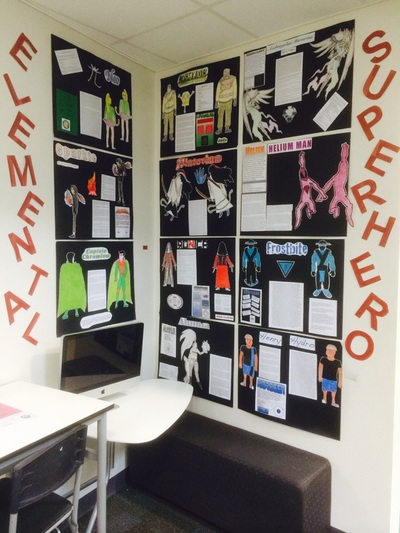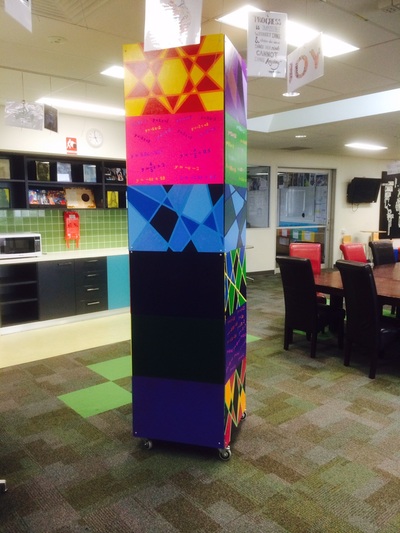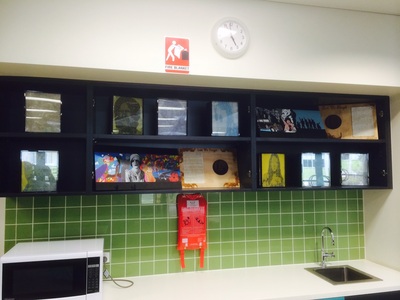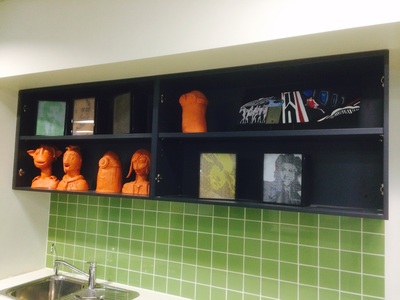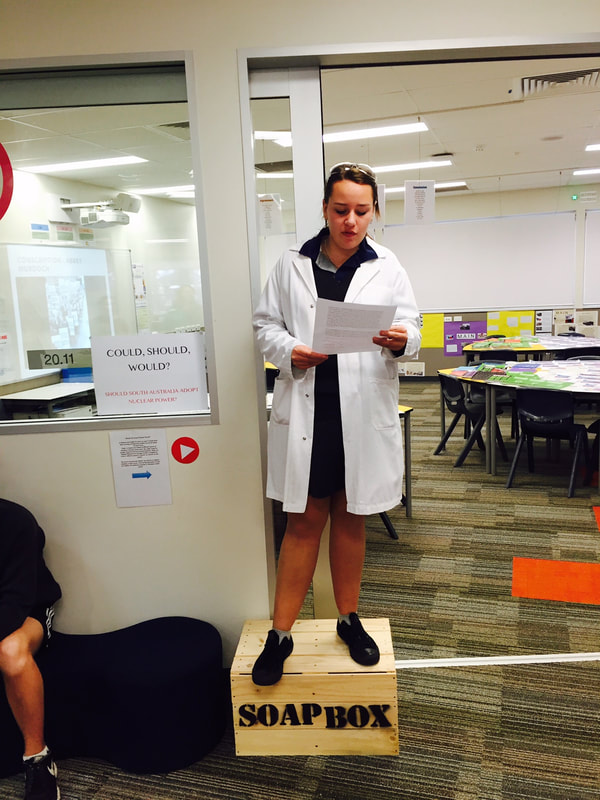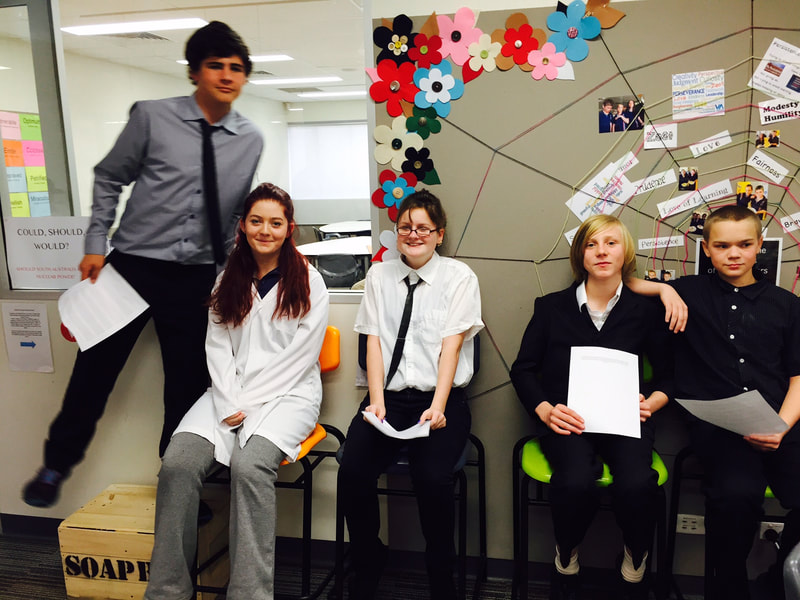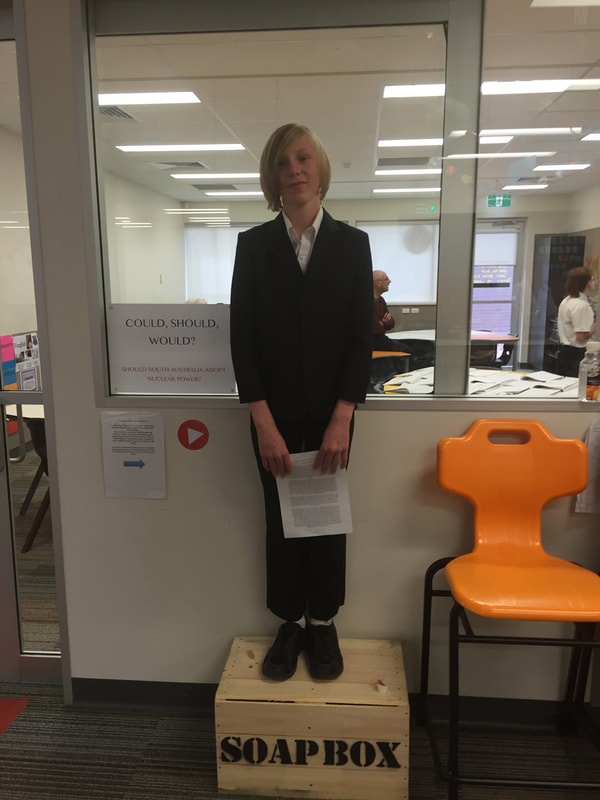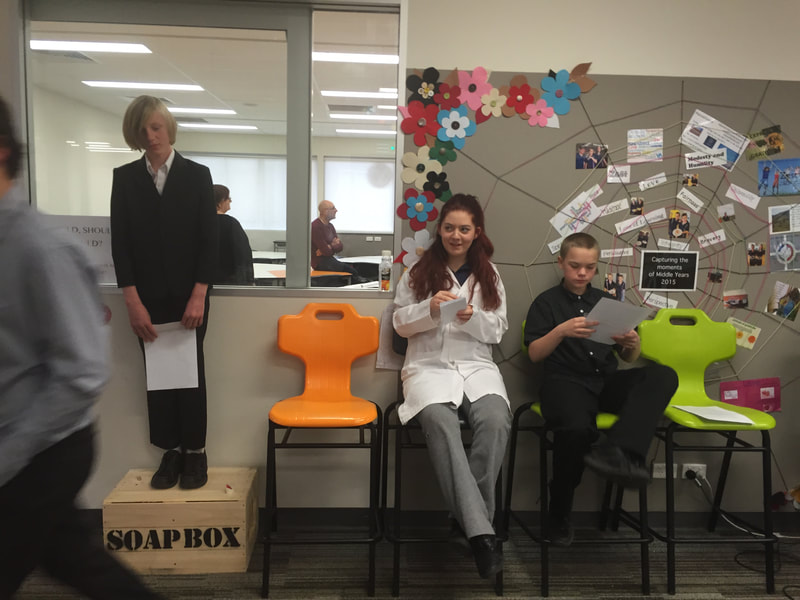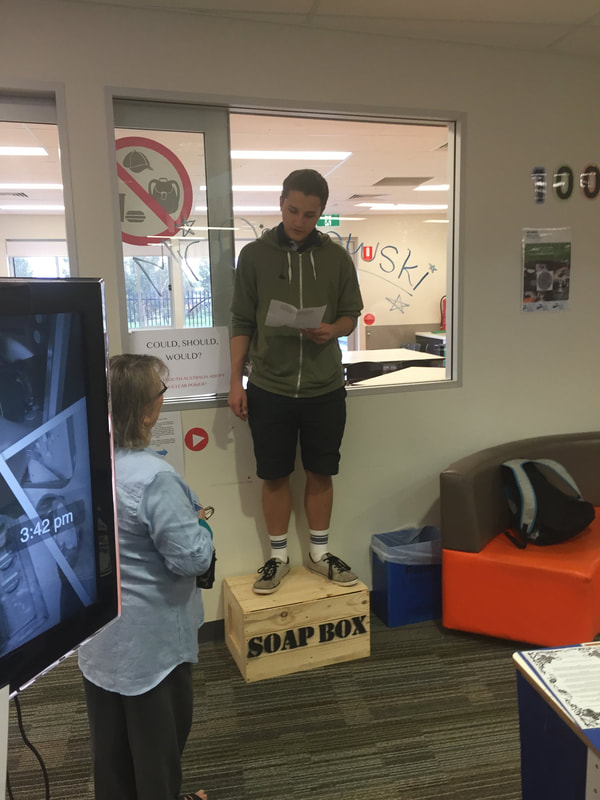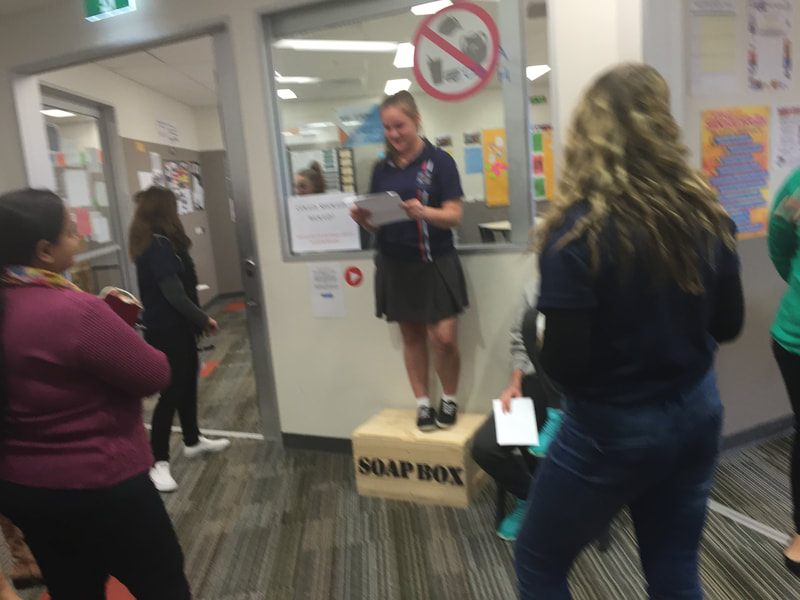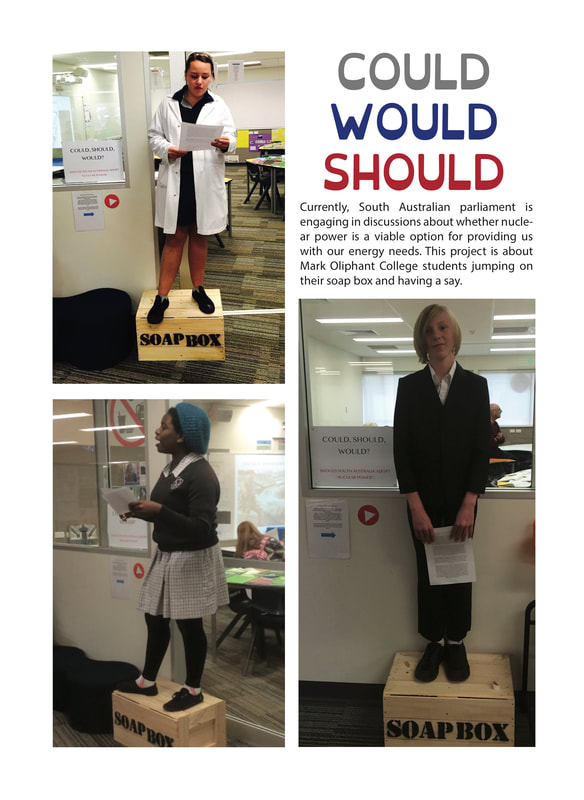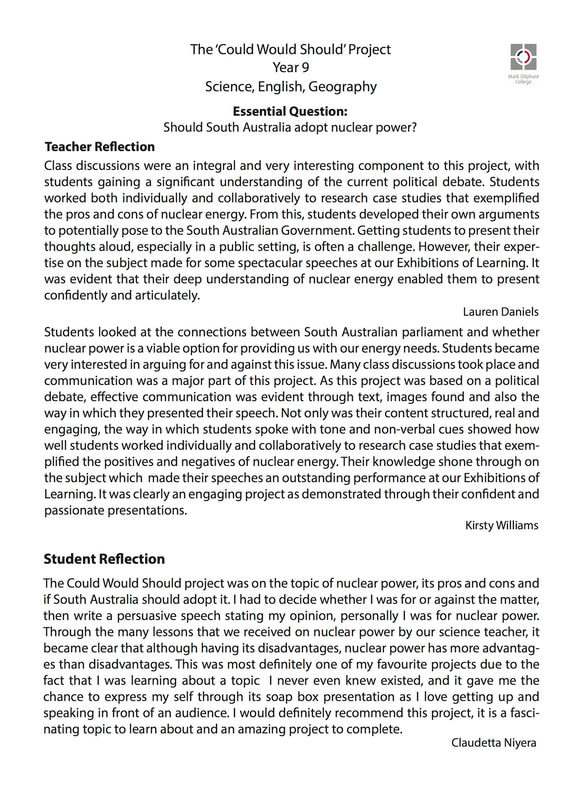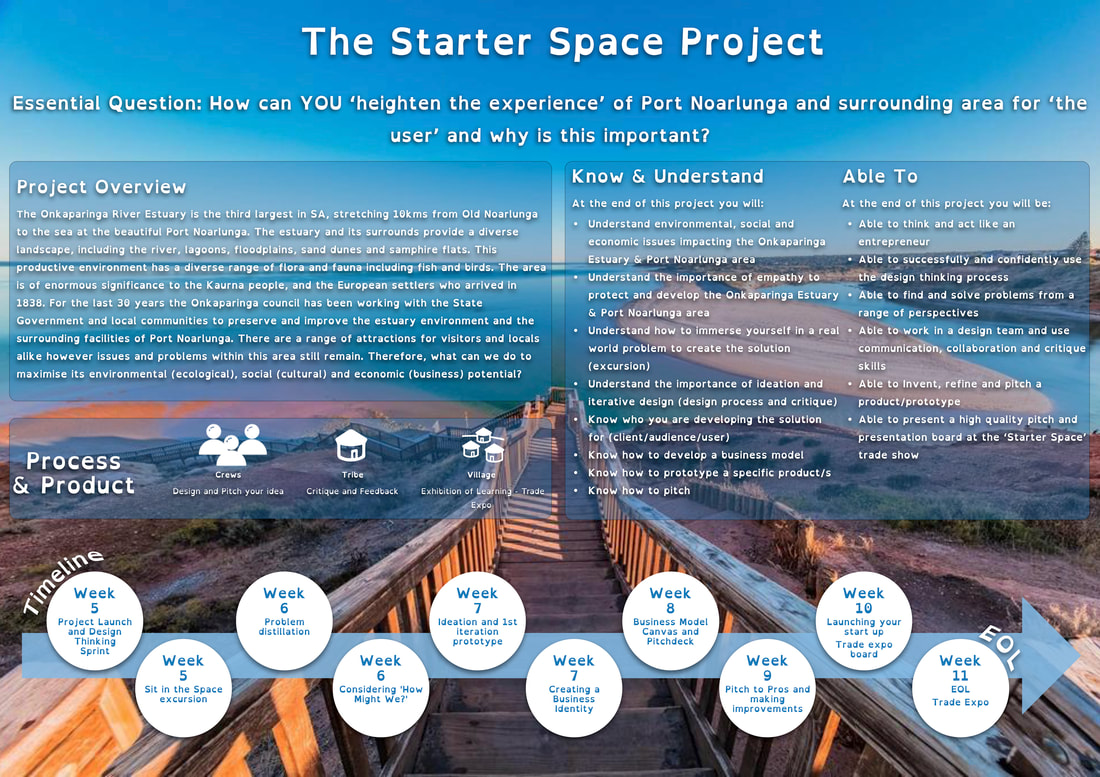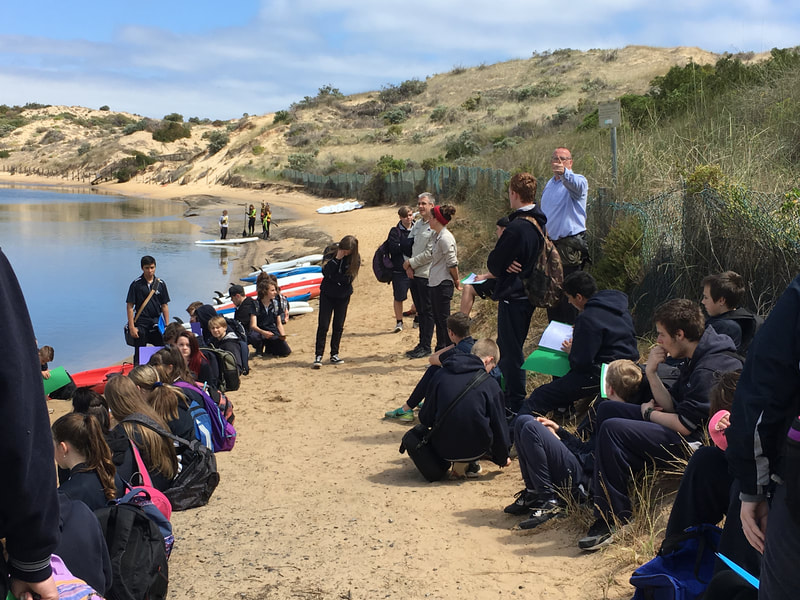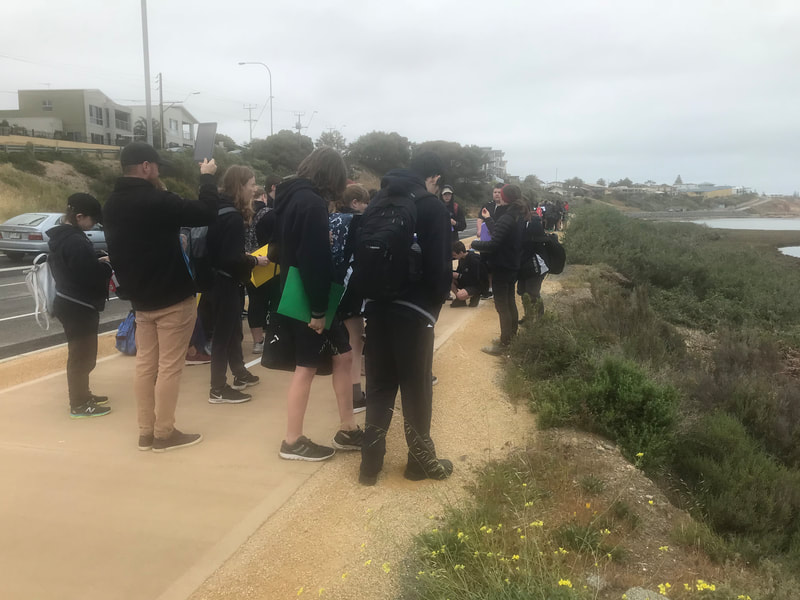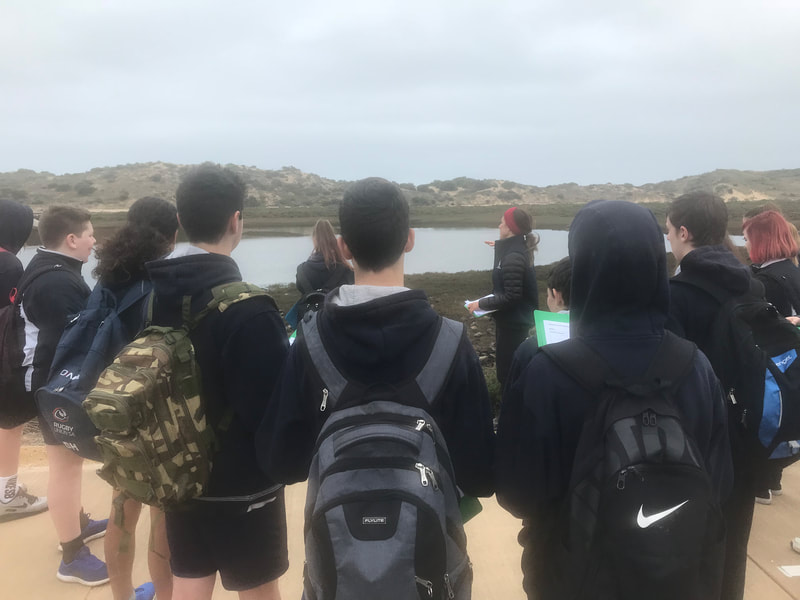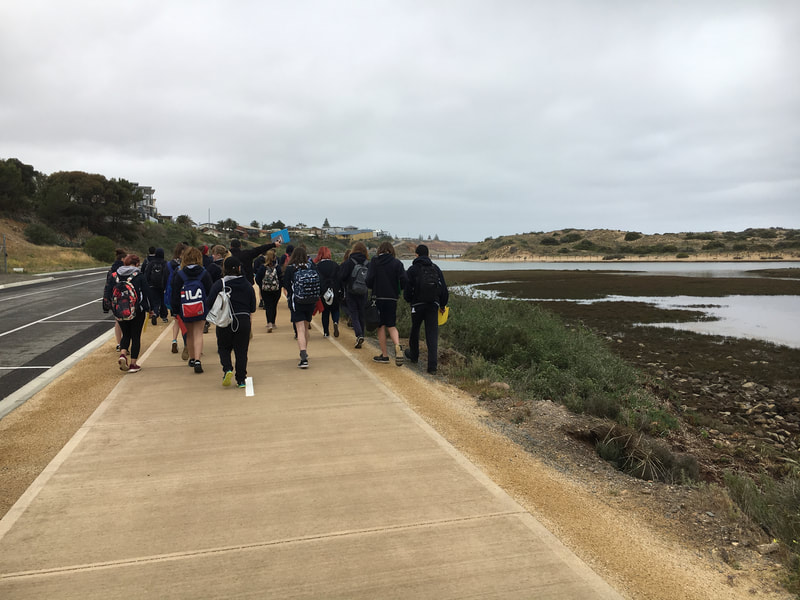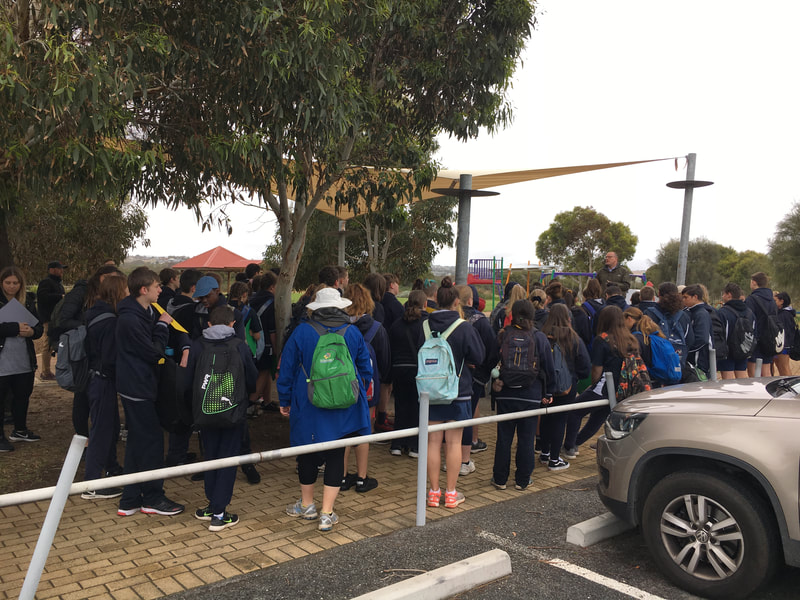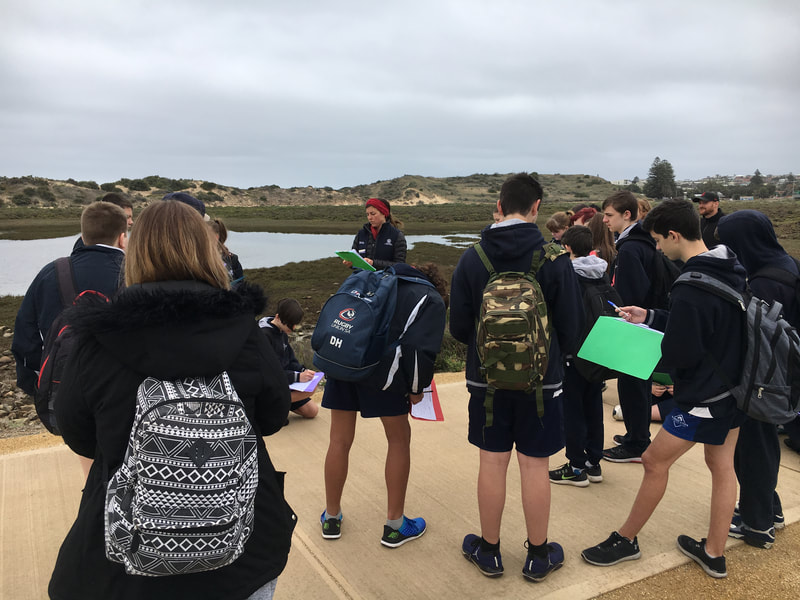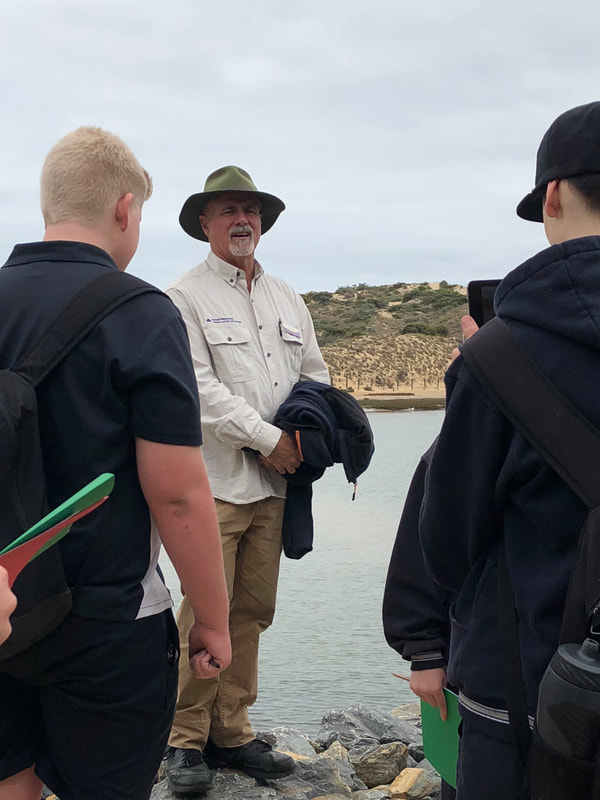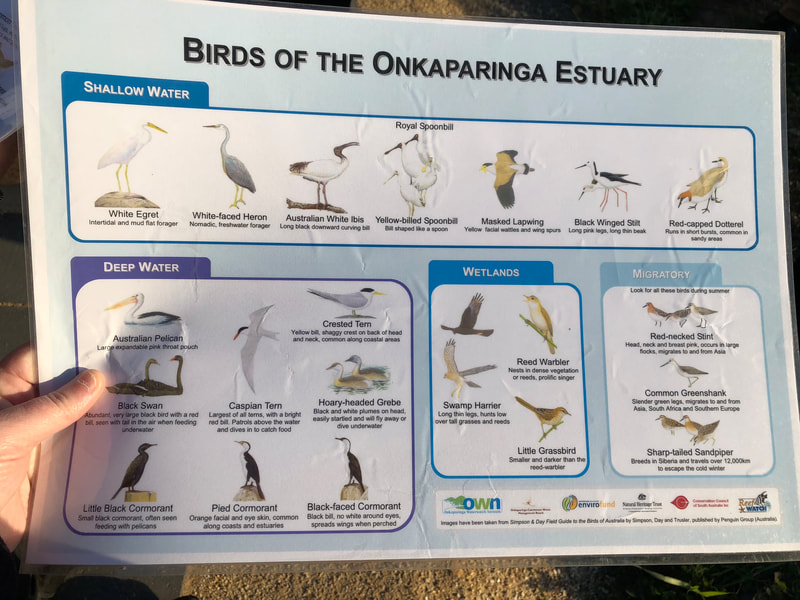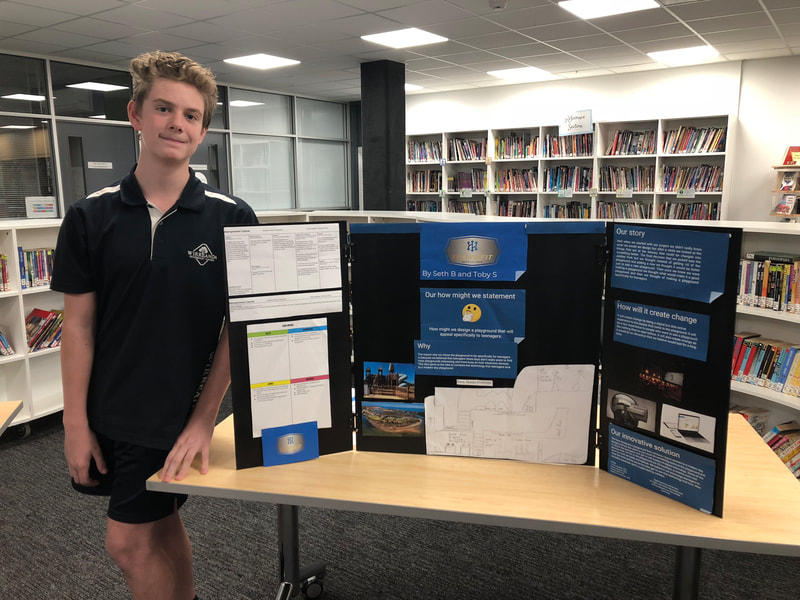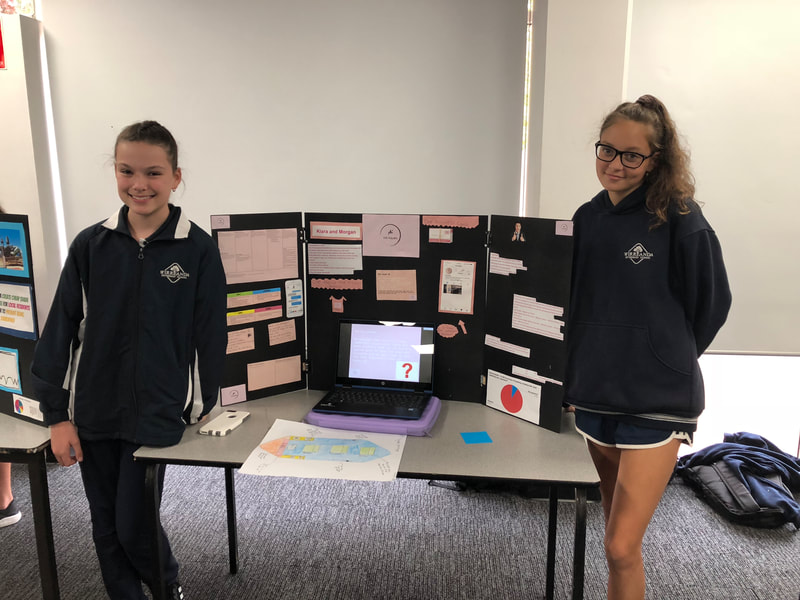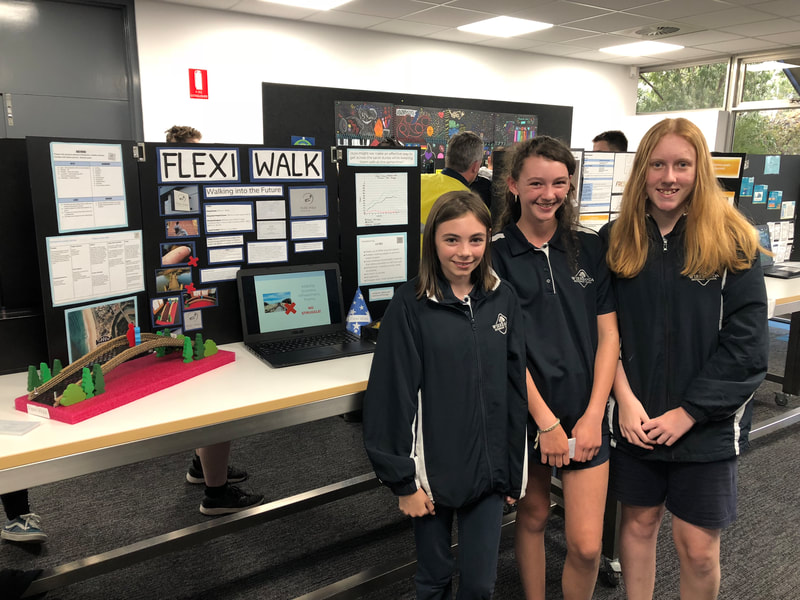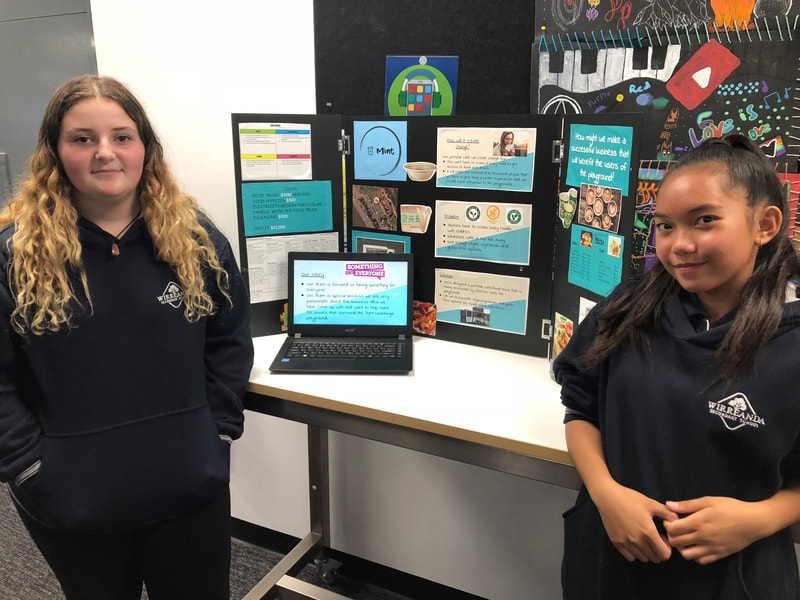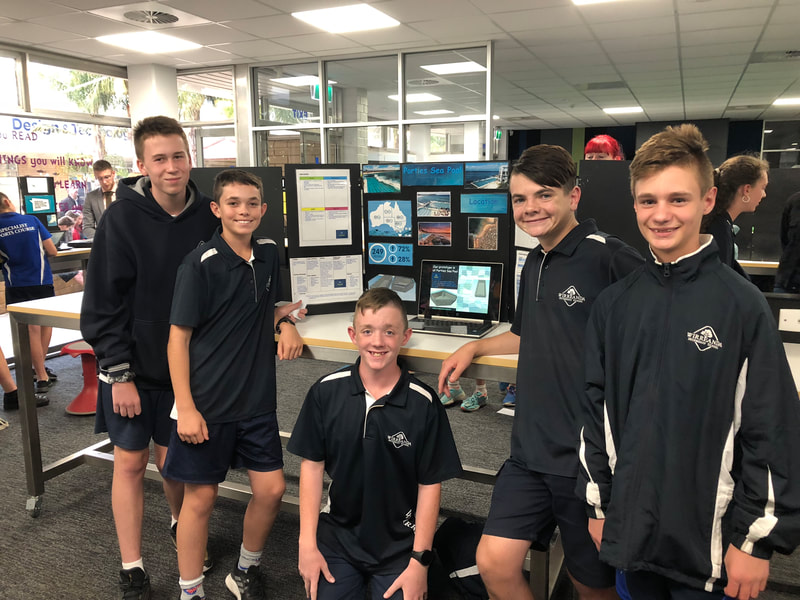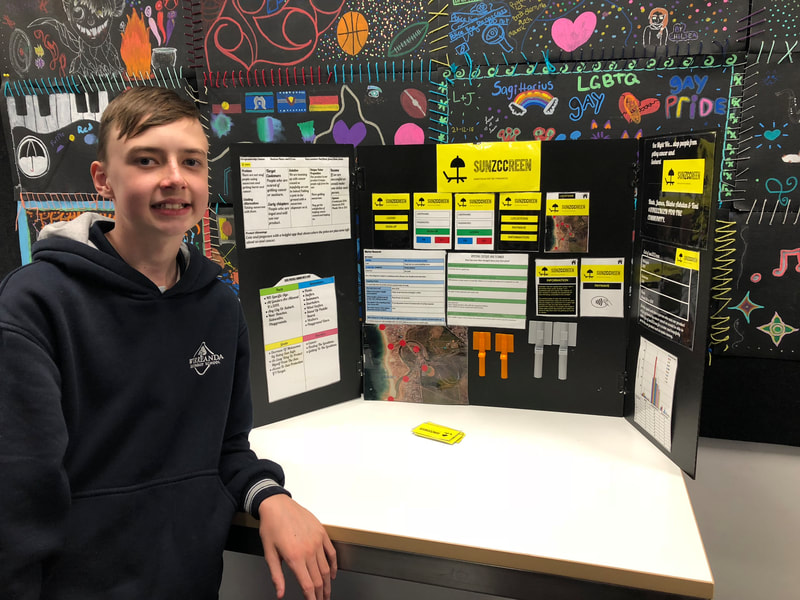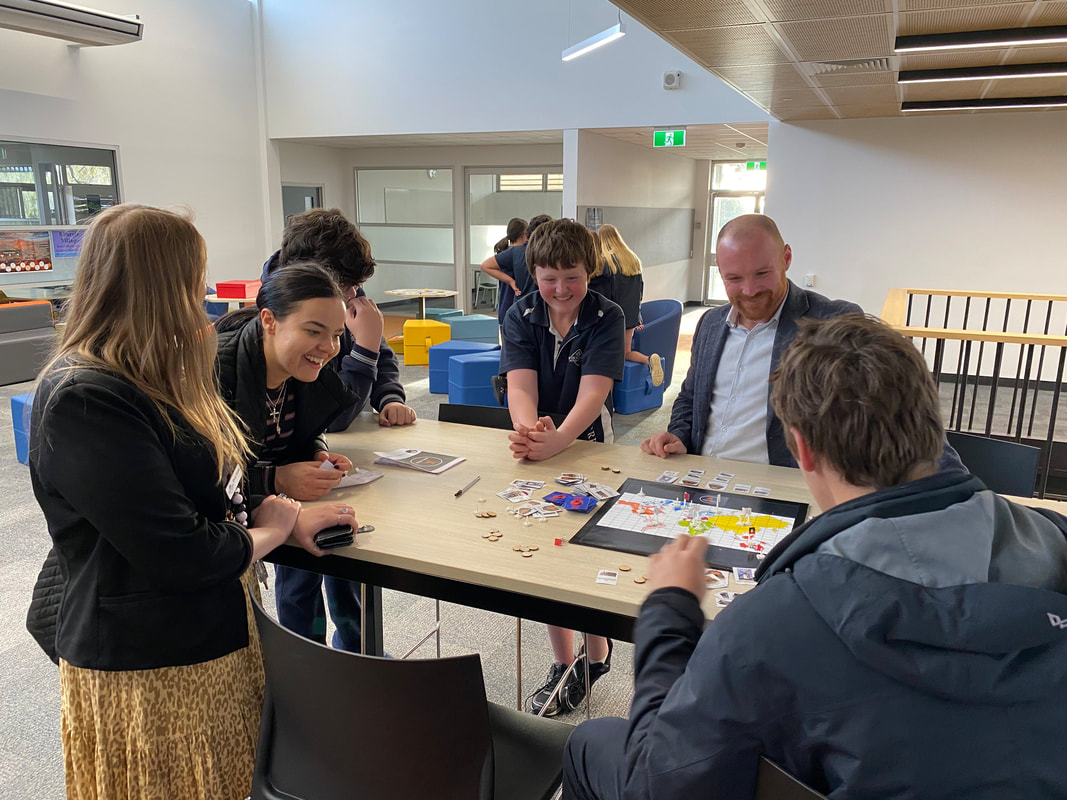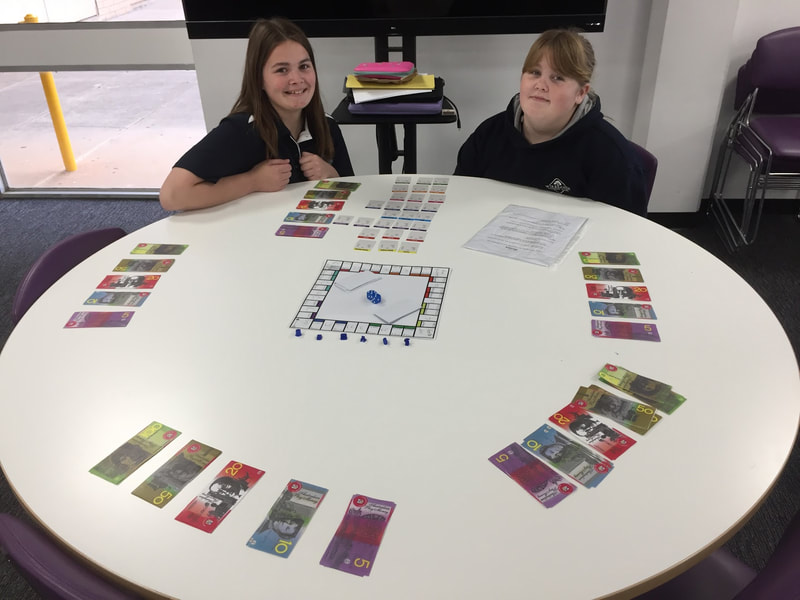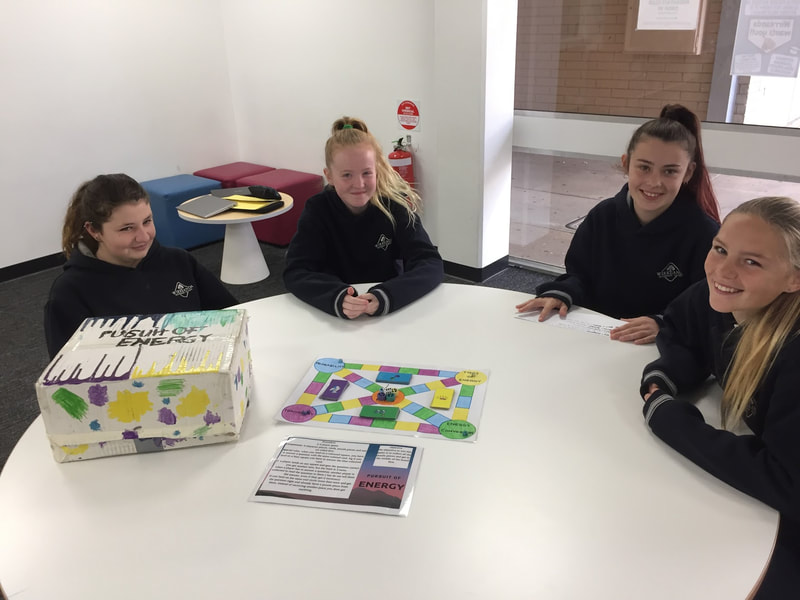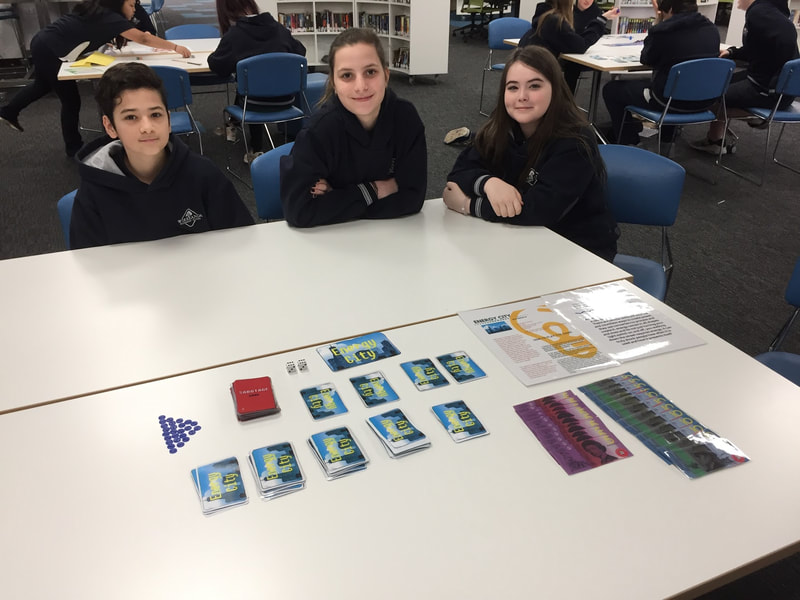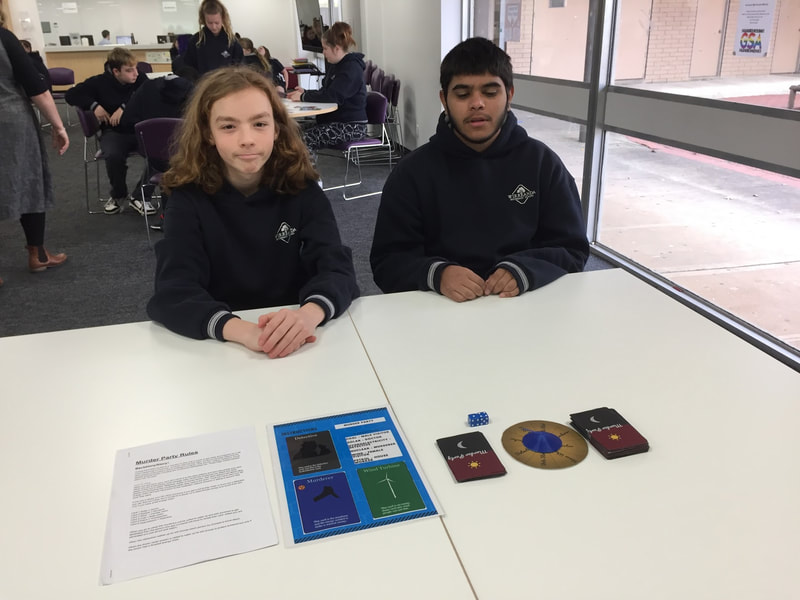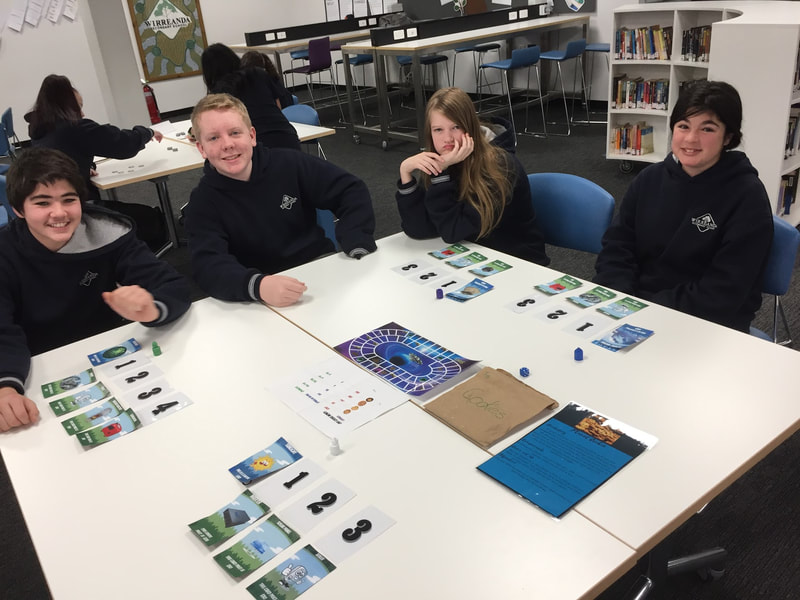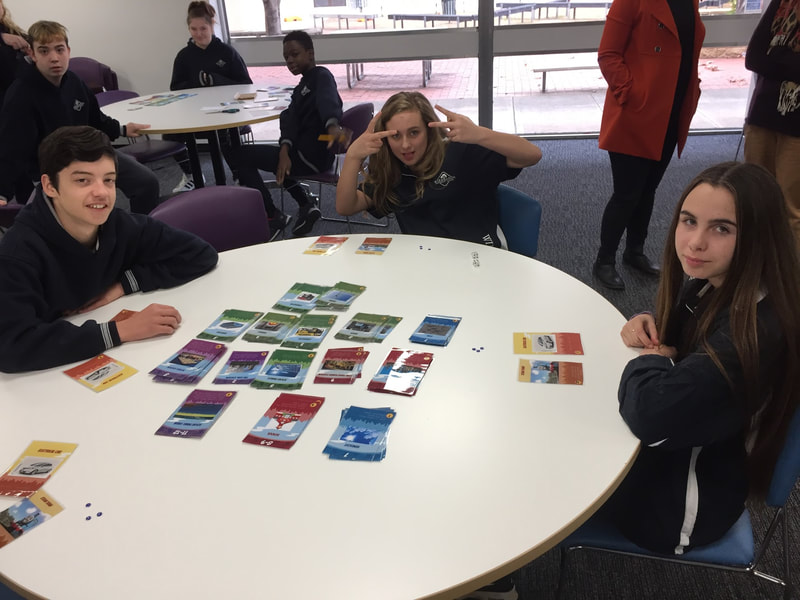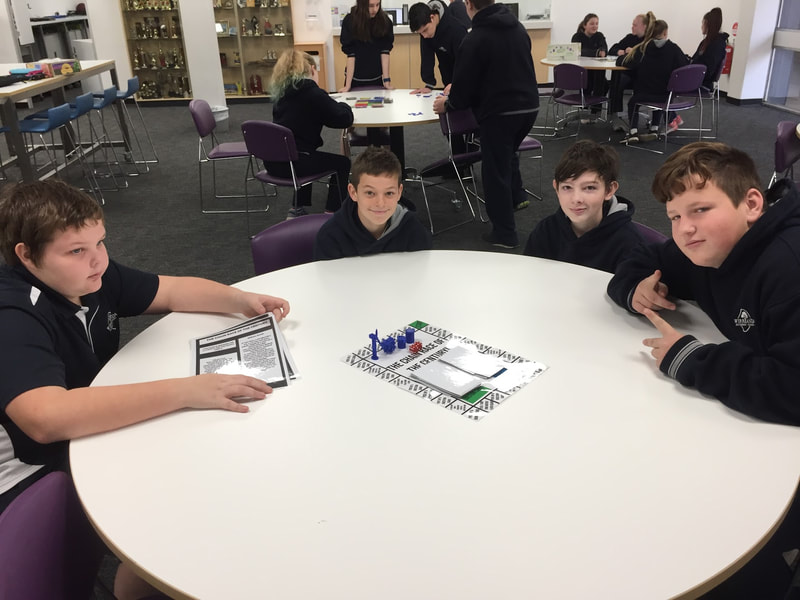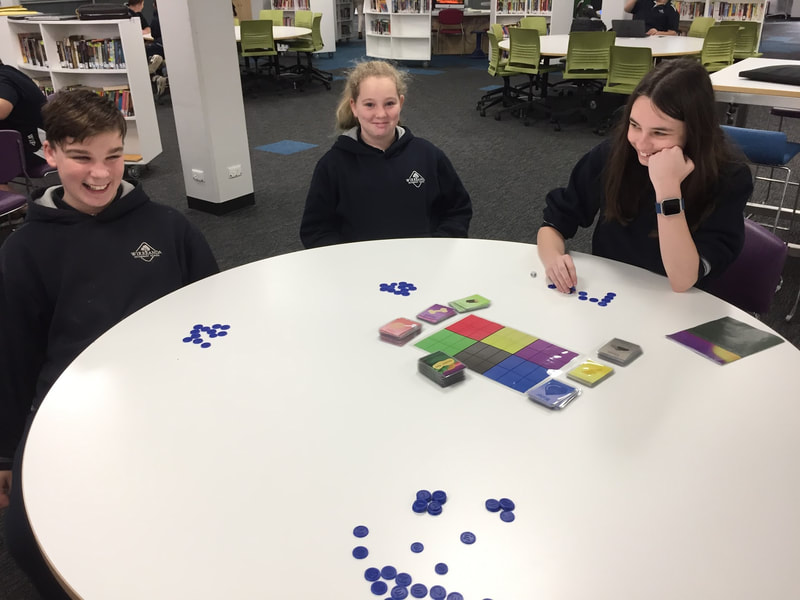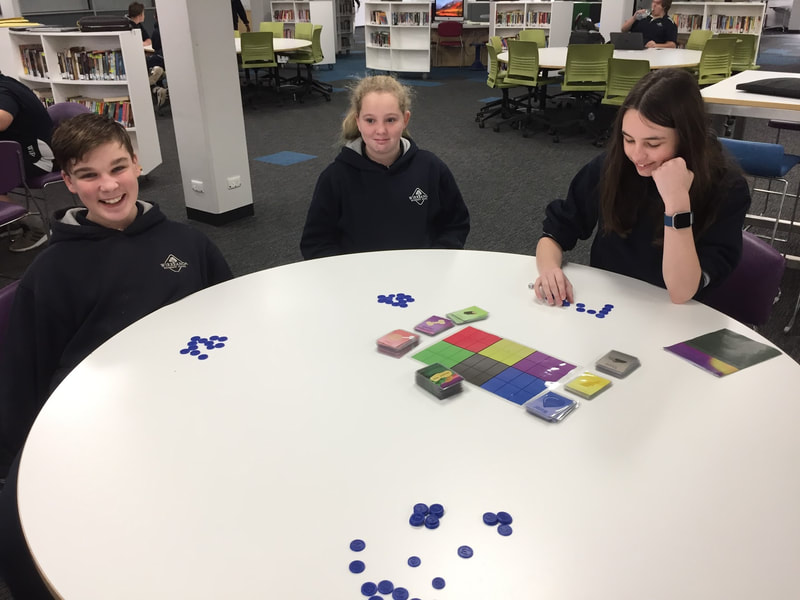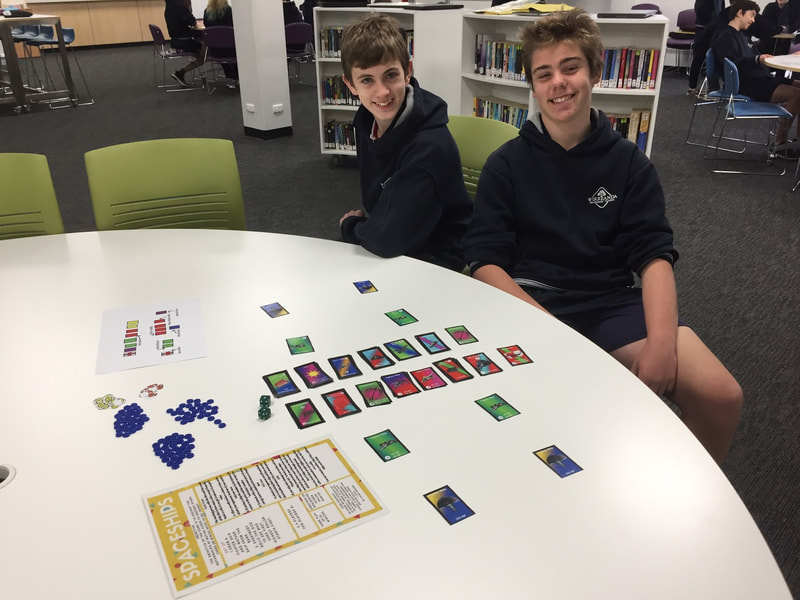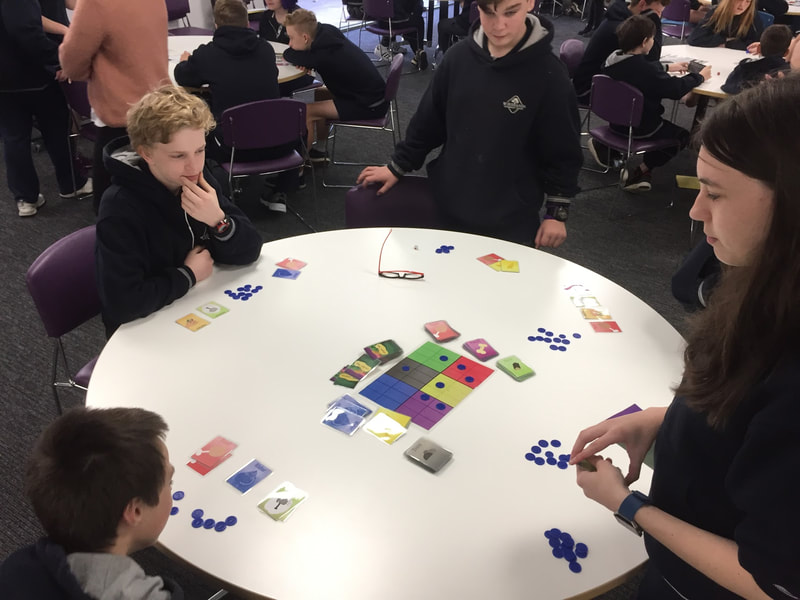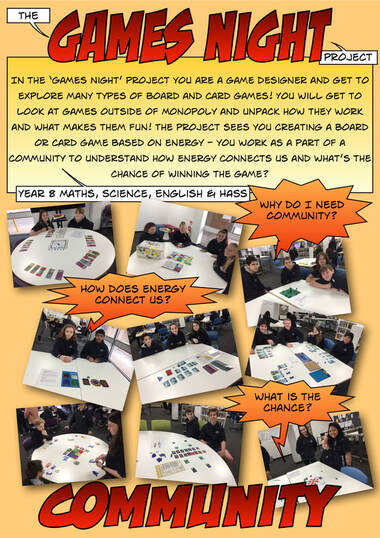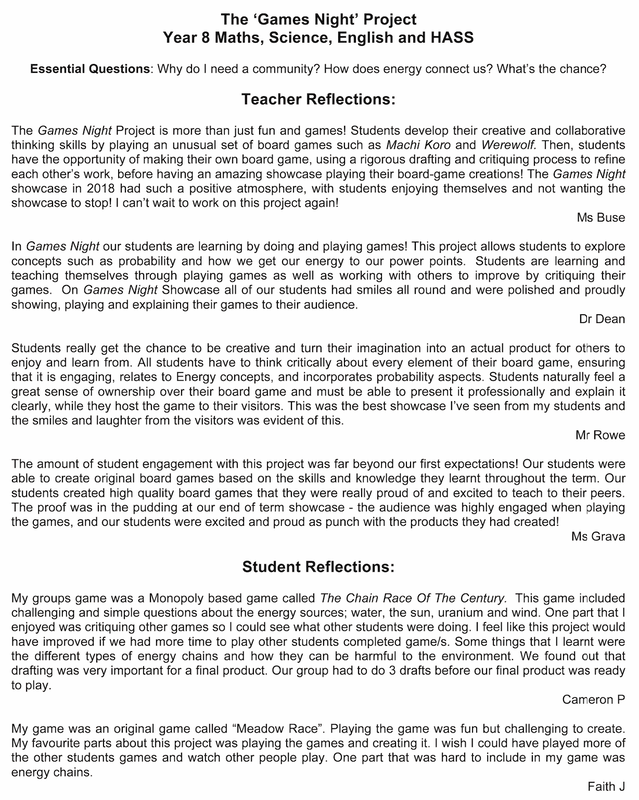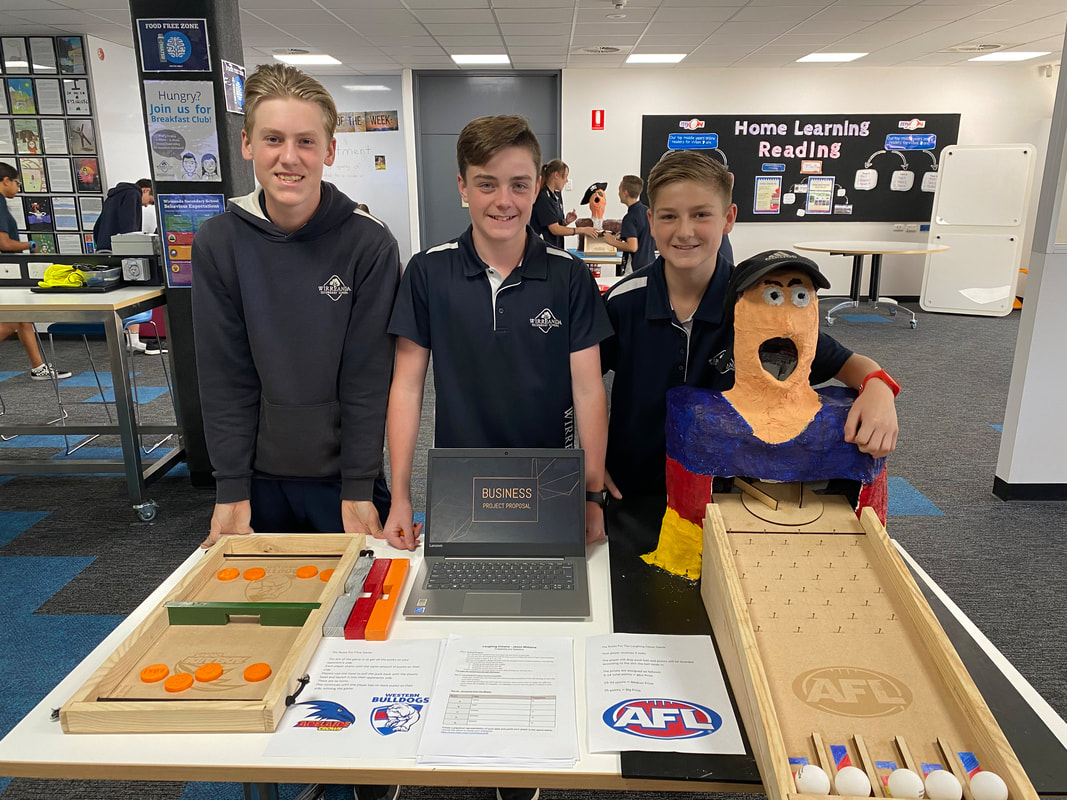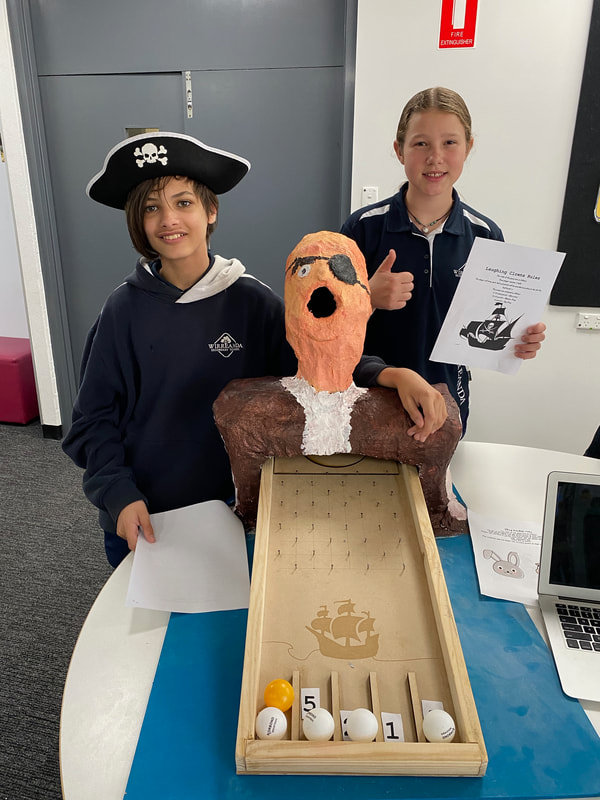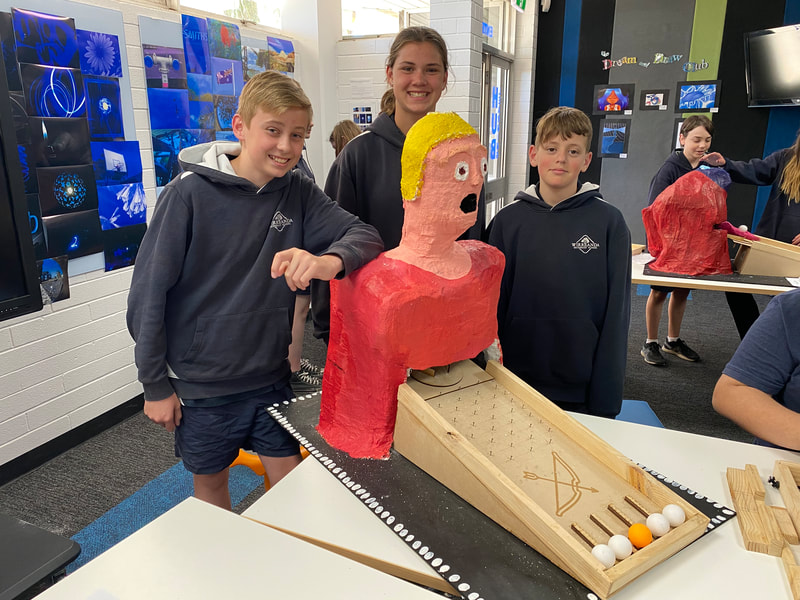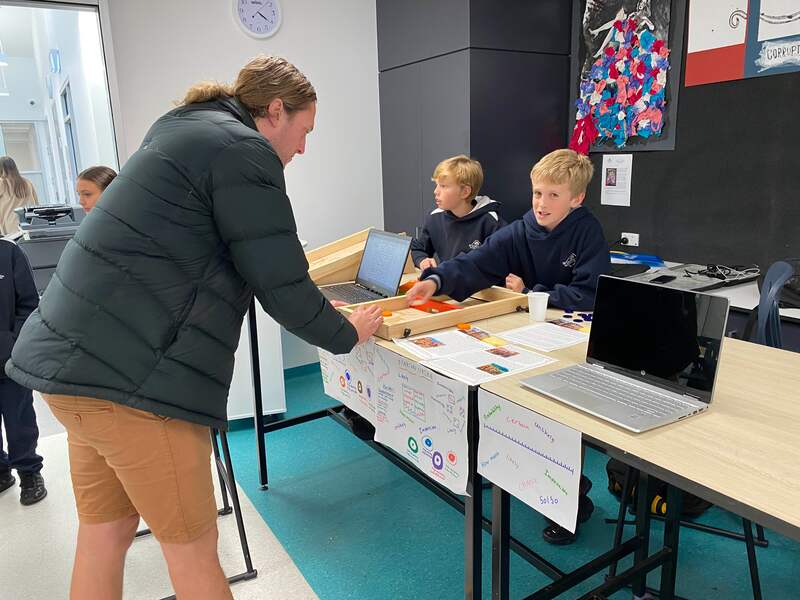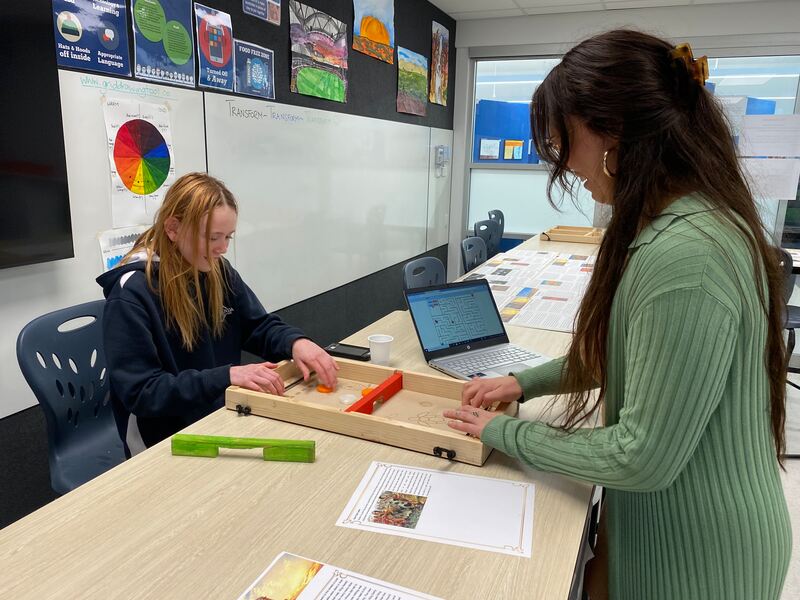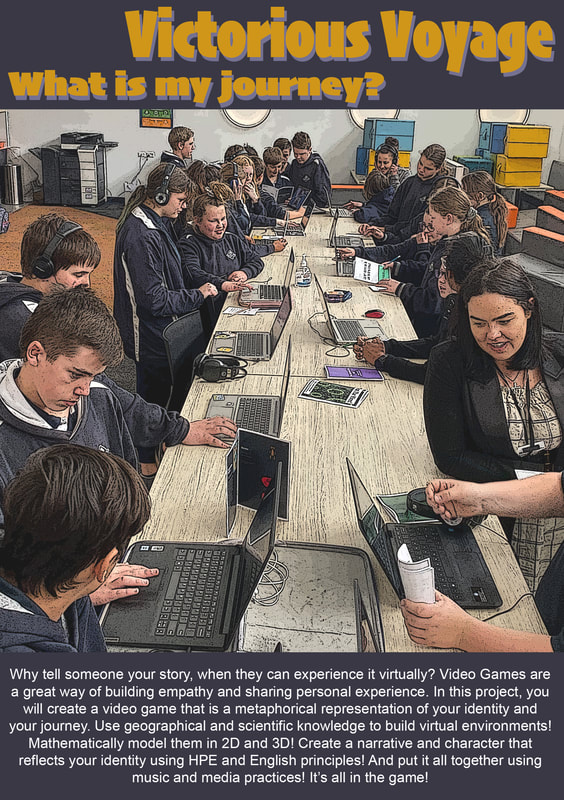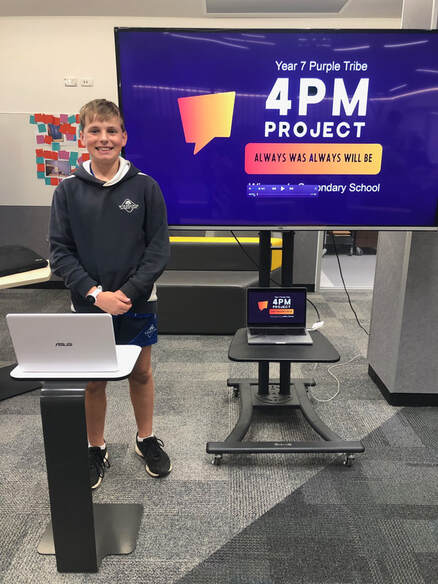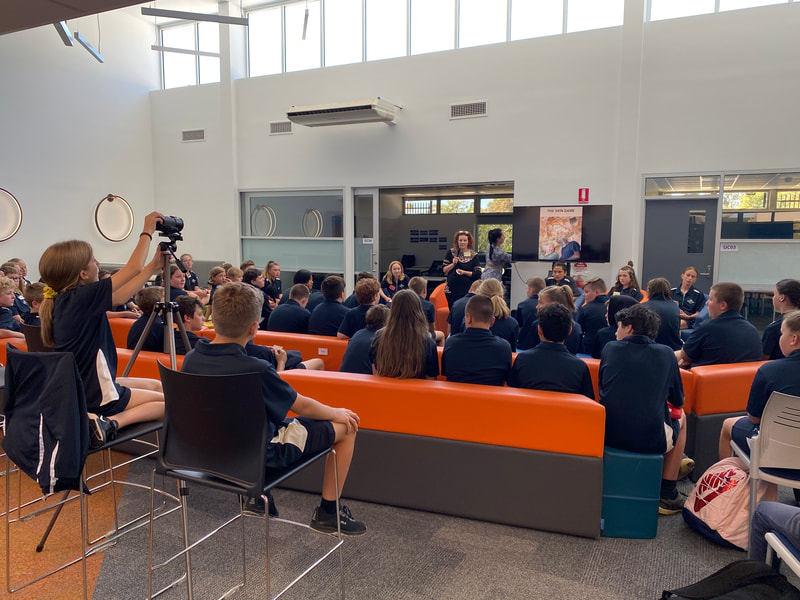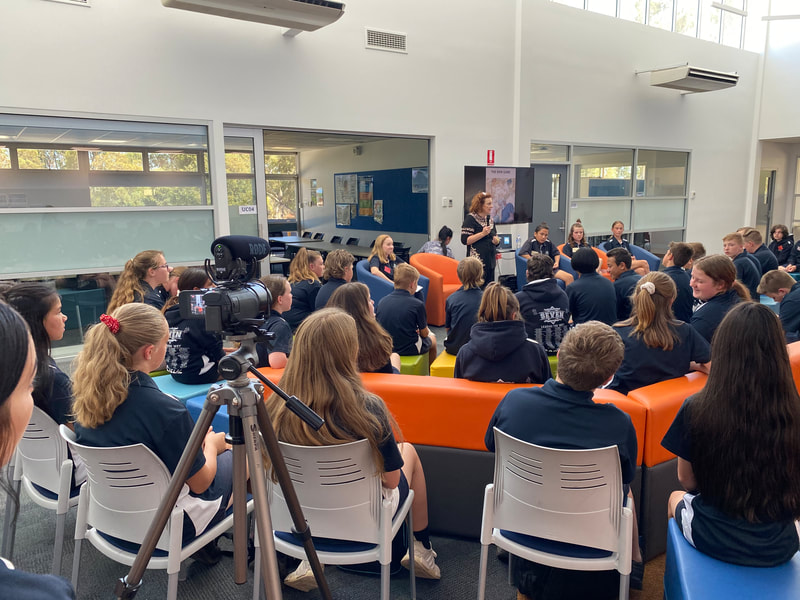PBL 101: Aussie style
Welcome to the section of my website dedicated to Project Based Learning (Aussie style). Since training with High Tech High I have dedicated the past decade of my career to develop a Project Based Learning model specifically for Middle School driven by the Australian Curriculum while incorporating high quality explicit instruction. It has been my privilege to lead the development of Project Based Learning at Mark Oliphant College, IPACA (uk), Wirreanda Secondary School, Adelaide High School and now Findon High School.
Why Project Based Learning?
Just watch these videos!
while working at Mark Oliphant College (2010 to 2016) I interviewed Senior Leader Kathleen Hoare (my mentor) who said it best about why PBL became so important to us with transforming teaching and learning at the time.
Kathleen Hoard Senior Leader of Middle and Secondary School (Mark Oliphant College 2010 - 2015)
My PBL journey
It started with working in a school with incredible future focused leaders. At the time I was the specialist Visual Art Teacher and wrote an application to be apart of the leading schools program at High Tech High in San Diego.... I was lucky enough to be chosen and became one of the "High Tech High Six" as we were known by the MOC staff.
How to Plan a project?
Project Based Learning is NOT the easy option and it takes time to get it right as the teacher. It is easy to slip into project orientated (product at the end) as opposed to project based (product driving the project). Luckily now there are a mountain of resources to refer to when understanding what is authentic PBL. However click below to use any of my planning resources and key documents that I have collected, adapted or created to stream line planning a project.
creating a culture of critique
Exhibitions of Learning
Why do we do Exhibitions of Learning? There are three major reasons why.
The first is to allow students to create public products. “Products” are tangible things or presentations that solve problems or answer essential questions that the teacher has presented to them. Creating products that are public develops authenticity, adds to Project Based Learning’s motivating power and encourages higher quality work. Think of what often happens when students make presentations to their classmates and teacher - the stakes are not high, so they may slack off, not take it seriously and not care as much about the quality of their work. However, when students have to present or display their work to an audience beyond the classroom, the performance bar raises.
Secondly products make what the students have learned tangible so that they can be shared publicly. Instead of being a private exchange between student and teacher it adds a social dimension and the learning becomes more important because a learning community can discuss the students performance.
Finally, making student work public is an effective way to communicate with parents, community members, and the wider world about what PBL is and what it does for students. When a school opens itself up to public scrutiny, the message is, “Here’s what our students can do.” When the public sees what high-quality products students can create here at MOC, they’re often surprised and eager to see more.
Adapted from Setting the Standard for Project Based Learning: A Proven Approach to Rigorous Classroom Instruction, by John Larmer, John Mergendoller, Suzie Boss (ASCD 2015).
The first is to allow students to create public products. “Products” are tangible things or presentations that solve problems or answer essential questions that the teacher has presented to them. Creating products that are public develops authenticity, adds to Project Based Learning’s motivating power and encourages higher quality work. Think of what often happens when students make presentations to their classmates and teacher - the stakes are not high, so they may slack off, not take it seriously and not care as much about the quality of their work. However, when students have to present or display their work to an audience beyond the classroom, the performance bar raises.
Secondly products make what the students have learned tangible so that they can be shared publicly. Instead of being a private exchange between student and teacher it adds a social dimension and the learning becomes more important because a learning community can discuss the students performance.
Finally, making student work public is an effective way to communicate with parents, community members, and the wider world about what PBL is and what it does for students. When a school opens itself up to public scrutiny, the message is, “Here’s what our students can do.” When the public sees what high-quality products students can create here at MOC, they’re often surprised and eager to see more.
Adapted from Setting the Standard for Project Based Learning: A Proven Approach to Rigorous Classroom Instruction, by John Larmer, John Mergendoller, Suzie Boss (ASCD 2015).
MY Fave Projects
Year TeN Projects
Year 9 The 'Could Should Would' Project
Did you know in 2015 a royal commission was held investigating South Australia’s role in Nuclear energy? The commission considered effects on the economy, environment, safety, renewable energy, impact upon aboriginal communities, the state’s tourism, wine and food sectors; and technical issues. This project requires you to learn the science behind nuclear energy and investigate other perspectives in English just like a journalist would. Then it’s time for you to make an informed decision, get on your soap box and have your say.
The Starter space project
'Sit in the problem' Excursion
|
|
|
|
|
|
Exhibition of Learning
Year 8 Games night project
Year 7 The Sideshow Alley ProjecT
Maths, Design and Technology, English and Visual Arts
The World of Water Project
HASS, English and Visual Art
The 4Pm Project
HASS, English, Science and Media Arts
